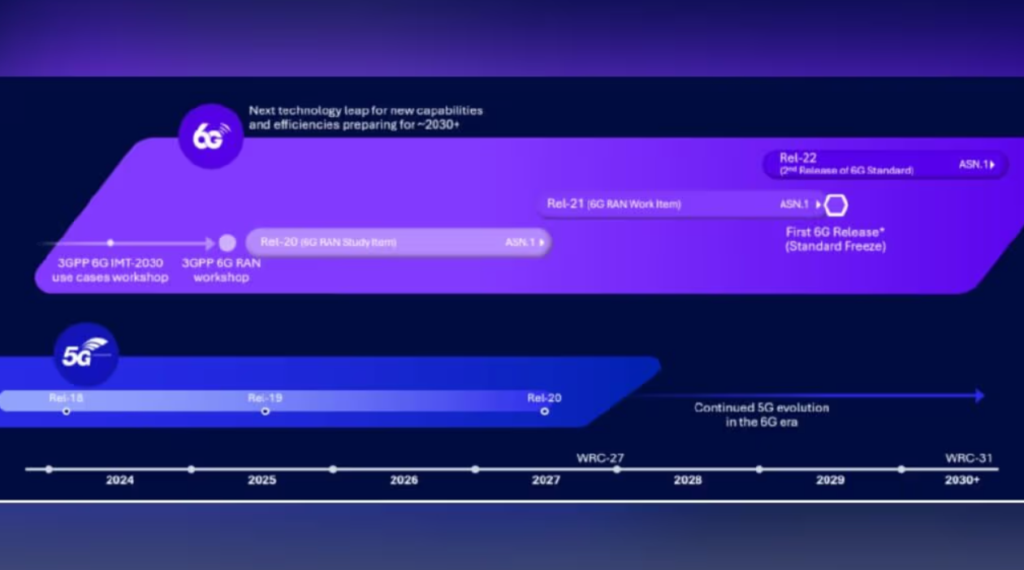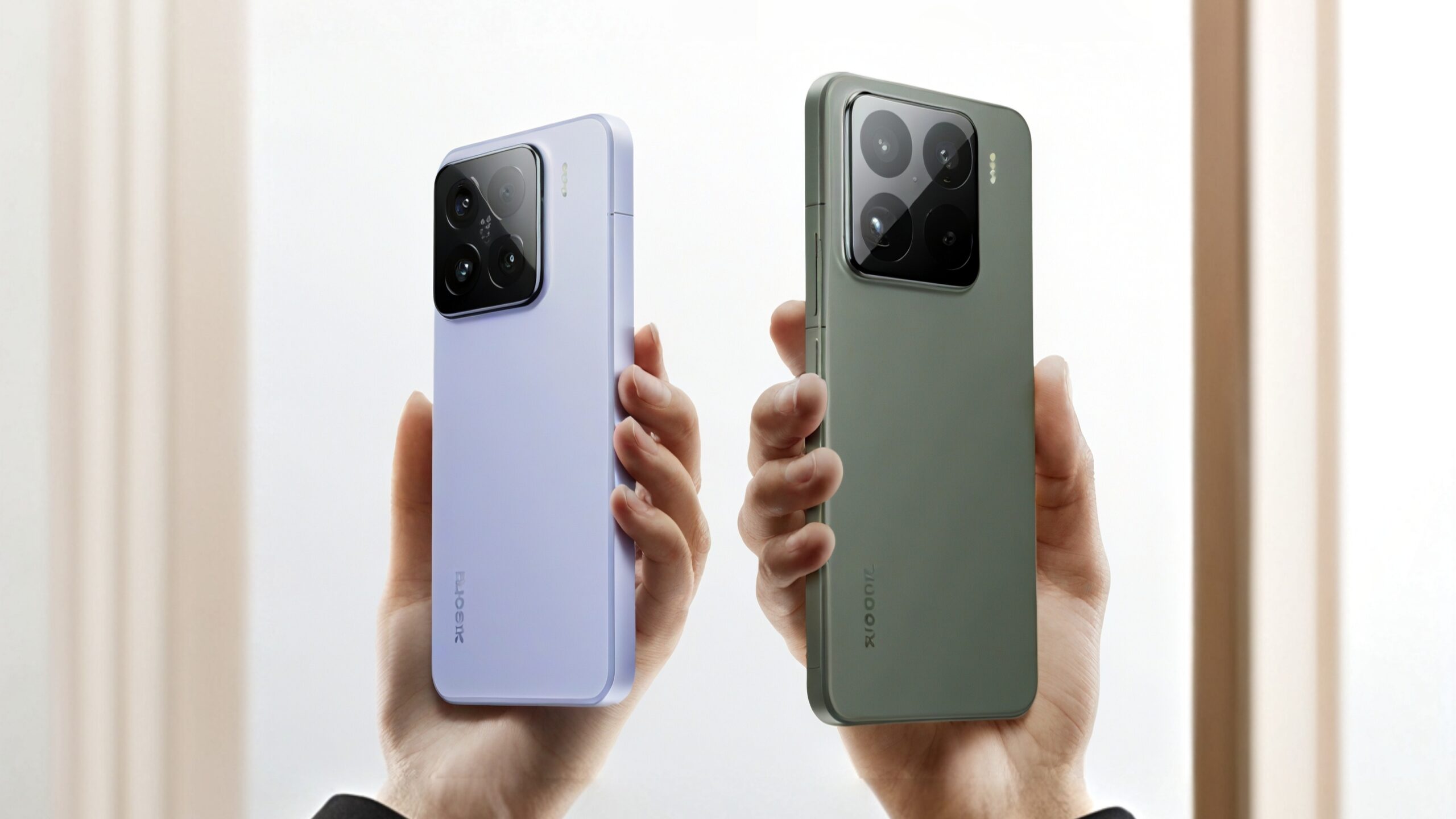Mobile World Congress (MWC) 2025 is still on the horizon, where we’ll see numerous brands unveil their latest gadgets and companies introduce new technologies and services. However, ahead of the event, Qualcomm has already revealed its plans for 2025. The company is setting its sights on advancing the development of 6G cellular wireless technology this year.
Qualcomm will deploy 6G cellular network tech this year
Qualcomm has officially announced that it will focus on standardizing 6G cellular wireless technology this year. John Smee, SVP of Engineering at Qualcomm Technologies, stated, “2025 will be a momentous year, marking the official beginning of 6G standardization.” This move underscores the company’s commitment to shaping the future of next-generation connectivity.
The official also mentioned that the company will focus heavily on realizing its vision for 6G, which involves integrating artificial intelligence (AI) across multiple layers of the network and within devices themselves. To achieve this, Qualcomm has already begun collaborating with Nokia Bell Labs and Rhode & Schwarz to demonstrate the benefits and scalability of AI-enhanced networks and wireless AI technologies.

Rhode & Schwarz, Qualcomm’s official partner in developing 6G AI-powered networks, highlights that integrating AI into networks will not only boost efficiency but also significantly enhance user experiences in both 5G Advanced and 6G networks. By “5G Advanced,” the partner is referring to the next evolution of the current 5G cellular technology. Commercial 5G Advanced was introduced with 3GPP Release 18 last year and is expected to continue evolving through Release 21, which is anticipated to arrive in 2028.
Qualcomm has also revealed plans to evolve its MIMO (Multiple Input Multiple Output) system designs to support the new FR3 band. This band is set to deliver a wide-area bandwidth of approximately 400MHz, which will play a key role in the upcoming 6G network technology. Notably, the FR3 band sits between the FR1 band (sub-6GHz) and the FR2 band (above 24GHz), both of which are currently used in 5G networks. The FR3 band is being considered for 6G telecom networks due to its potential to offer low latency, support for IoT (Internet of Things) devices, and the ability to transmit large amounts of data at high speeds.



